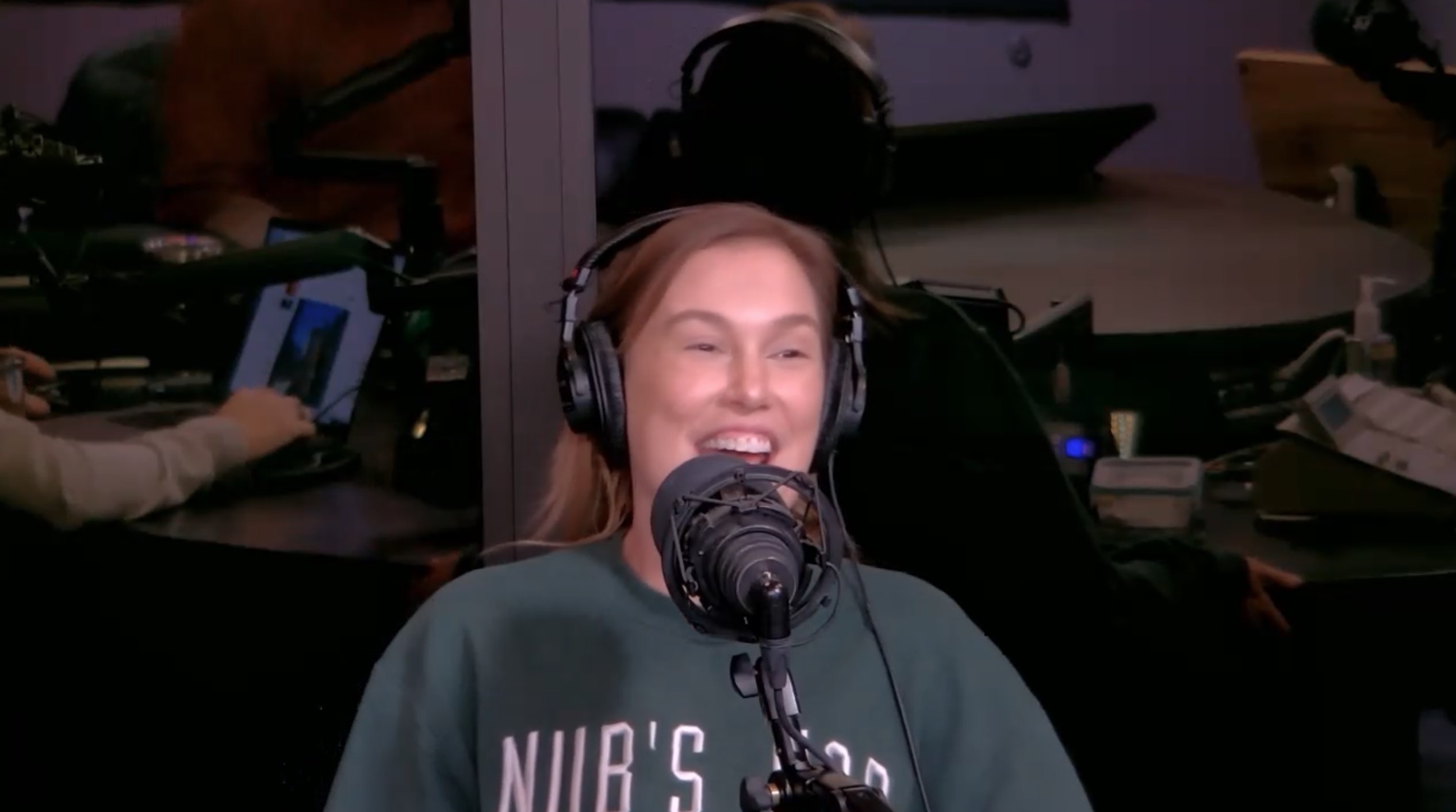Unleash Your Inner Artist: Mastering Creepy Creations
Have you ever been captivated by the chilling allure of a truly scary drawing? The power to evoke fear and fascination through simple lines and shadows is an art form in itself. This guide will delve into the techniques and strategies behind crafting terrifying illustrations, unlocking your potential to create artwork that sends shivers down spines.
Creating frightening imagery isn't just about drawing monsters; it's about understanding the psychology of fear. What makes something truly unsettling? Is it the grotesque distortion of familiar forms, the lurking shadows that hint at unseen horrors, or the unsettling juxtaposition of the ordinary and the macabre? We'll explore these elements and more, giving you the tools to craft genuinely disturbing art.
The history of scary drawings is intertwined with humanity's fascination with the macabre. From ancient cave paintings depicting monstrous figures to the chilling woodcuts of medieval times, artists have long explored the darker side of the human psyche. This tradition continues today, with horror art finding expression in various mediums, from comic books and film to digital art and traditional illustration.
One of the biggest challenges in depicting fear is achieving the right balance between realism and exaggeration. Too much realism can make the image gruesome, while too much exaggeration can make it comical. The key lies in understanding the subtle nuances of expression, posture, and lighting that convey a sense of unease and dread.
Let's start with the basics. A simple example of creating a scary face involves exaggerating features like the eyes and mouth. Enlarged, darkened eyes can create a sense of madness, while a wide, gaping mouth can suggest a silent scream. The use of sharp angles and jagged lines can further enhance the unsettling effect.
Benefits of learning how to create scary drawings include developing your artistic skills, exploring your creativity, and finding a unique outlet for self-expression. Imagine the satisfaction of transforming your fears and nightmares into tangible art, sharing your unique vision with the world. It's also a great way to impress your friends and family with your artistic talent.
An action plan for developing your scary drawing skills might involve practicing basic shapes and anatomy, experimenting with different shading techniques, and studying the work of established horror artists. Look at how masters of the genre create atmosphere and tension. Start simple, gradually increasing the complexity of your drawings as your skills improve.
A step-by-step guide to drawing a scary tree might involve: 1) sketching the basic outline of the tree; 2) adding gnarled branches and twisted roots; 3) using shading to create deep shadows and highlights; 4) adding details like hollow eyes or hanging moss to enhance the creepy effect.
Advantages and Disadvantages of Creating Scary Drawings
| Advantages | Disadvantages |
|---|---|
| Creative Expression | Can be Disturbing to Some |
| Skill Development | Requires Practice and Patience |
| Unique Artistic Style | May be Difficult to Monetize |
Tips and tricks: Use references! Look at pictures of decaying objects, distorted faces, and eerie landscapes. Don't be afraid to experiment with different mediums and techniques. And most importantly, have fun with it!
Frequently Asked Questions:
1. What materials do I need? Pencils, paper, eraser. Optional: charcoal, ink, colored pencils.
2. How do I draw realistic shadows? Practice observing how light falls on objects and try to replicate it in your drawings.
3. Where can I find inspiration? Horror movies, books, comics, and even nature can be great sources of inspiration.
4. How do I overcome artist's block? Take a break, look at other artists' work, or try a different medium.
5. How can I improve my drawing skills? Practice regularly and seek feedback from other artists.
6. How do I create a sense of depth? Use perspective and shading to create the illusion of three dimensions.
7. How do I draw realistic monsters? Study animal anatomy and adapt it to your monster designs.
8. How do I make my drawings more dynamic? Use strong lines of action and varied composition.
In conclusion, mastering the art of creating scary drawings is a journey that requires practice, patience, and a willingness to explore the darker corners of your imagination. From understanding the psychology of fear to mastering the technical skills of drawing and shading, this guide has provided you with the tools you need to unleash your inner artist and bring your terrifying visions to life. The ability to evoke strong emotions through art is a powerful skill, and with continued practice, you can hone your craft and create truly unforgettable works of art. So grab your pencils, embrace the shadows, and let your creativity run wild. What terrifying masterpieces will you create?
Unraveling your scorpio destiny hindustan times horoscope insights
Cimb bank shah alam seksyen 14 navigating your financial needs
The ever expanding universe of college bowl games














